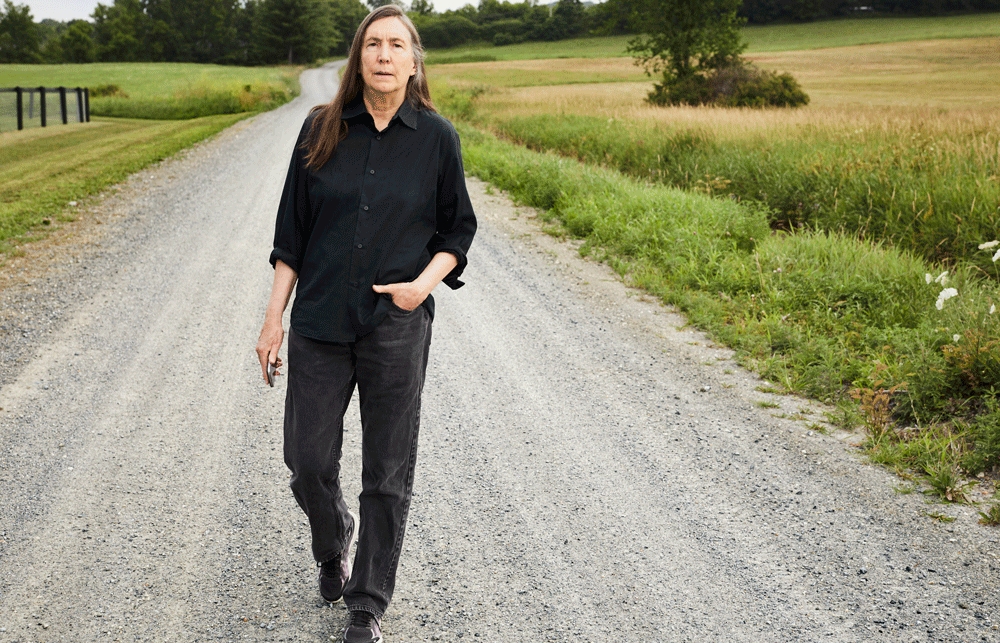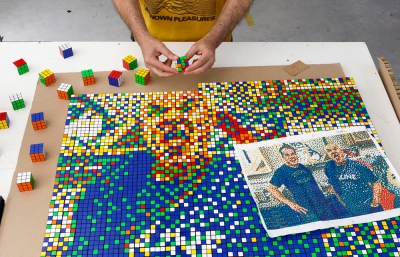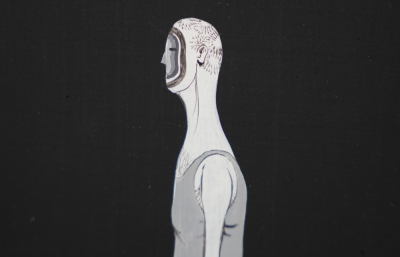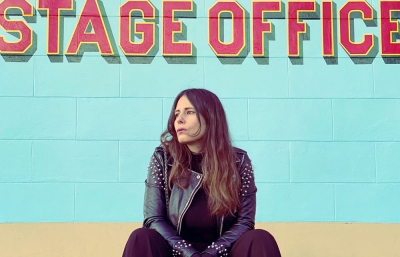Jenny Holzer
Righteous Rage
Text by Carlo McCormick // Portrait by Maciek Kobielski




Long before these kinds of relatively small-scale light boards became a ubiquitous urban architecture of intrusive advertising, let alone a welcomed presence in the contemplative hush of our cultural institutions, Holzer’s text sculptures (similar to the inscribed marble sarcophagi she produced as a kind of memorial statuary during the AIDS crisis) commanded our deficient attention because her art is predicated on understanding the power of words. Maybe, as they say, no one reads books anymore, but the sound-bite illiteracy of our culture is now written in the stupid tweets of angry and uninformed fools. Holzer may address art history in all of its complicated and contradictory legacy, but she’s really talking to anyone who still can stop to read a sign. When Holzer first began putting her words in the streets it was on a blank canvas of abandonment; today she fights against an endless stream of cajoling and co-opting commercialism. She’s upped her technological game to be heard in the din, working words as a kind of deafening silence to make us actually think about things, if only for a moment. She’s not done with technology, producing augmented reality projects, unexplainable to a Luddite like myself, and even confesses to having done an NFT – “Do I want applause or forgiveness for this?” she asks – but while the conveyance is a matter of art, the content is about something more. Call it memory, poetics or urgency; it is what needs to be said in the silence of selective amnesia.








